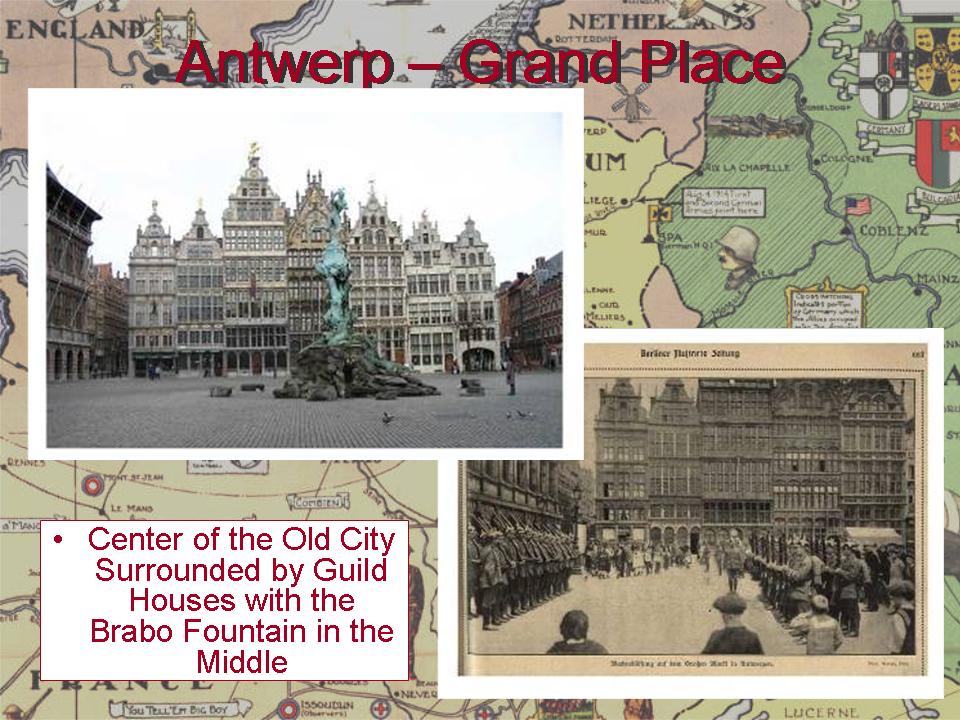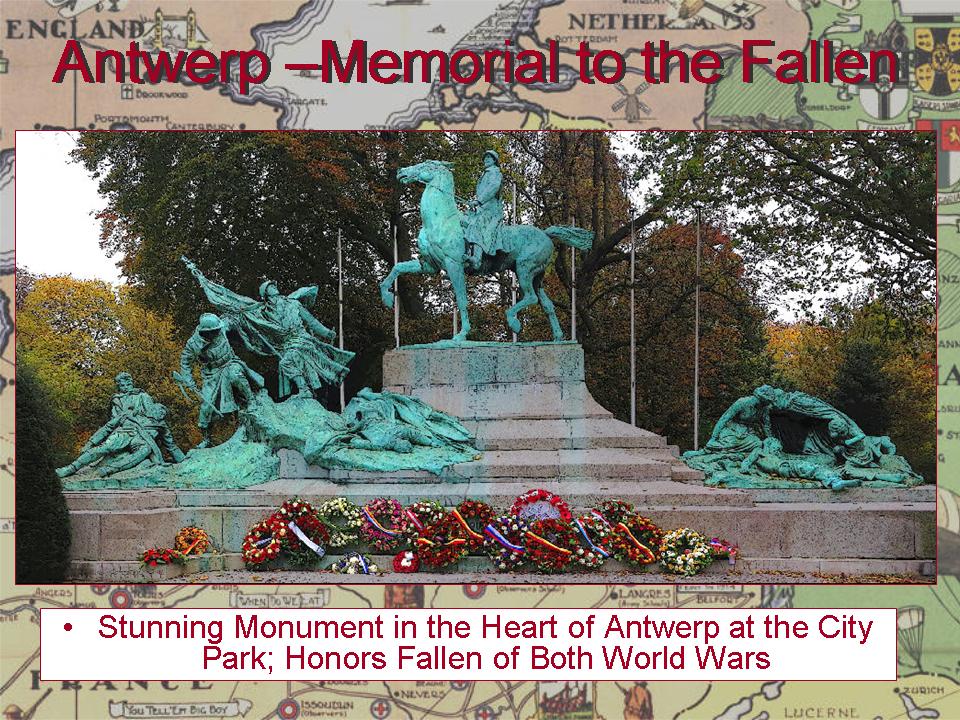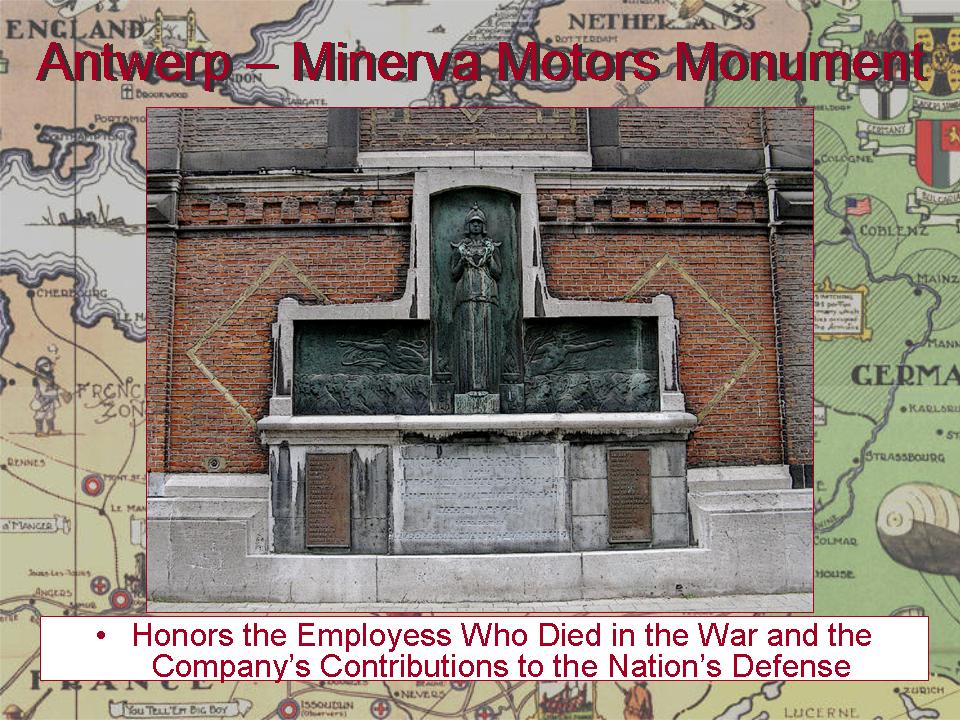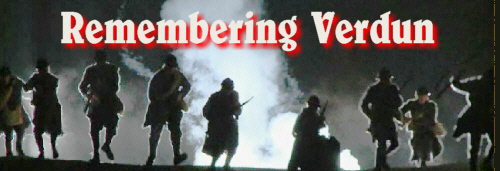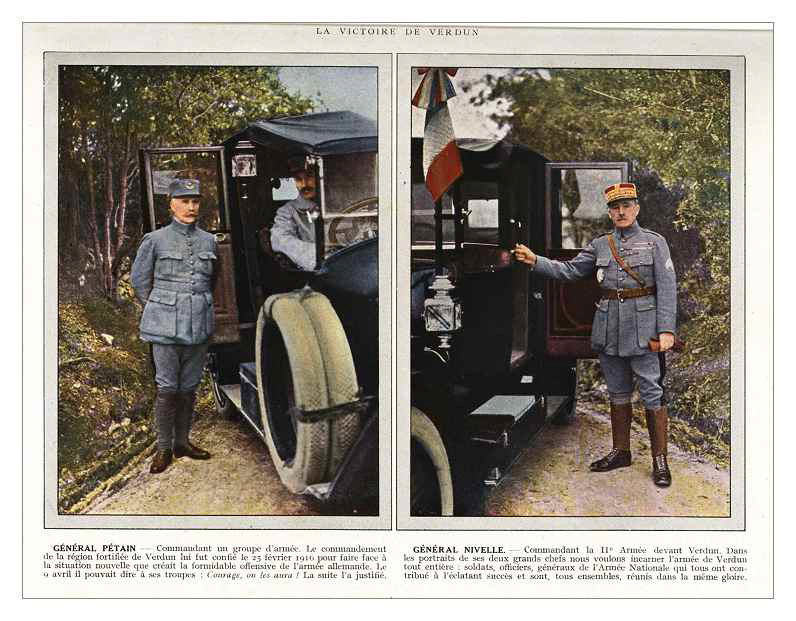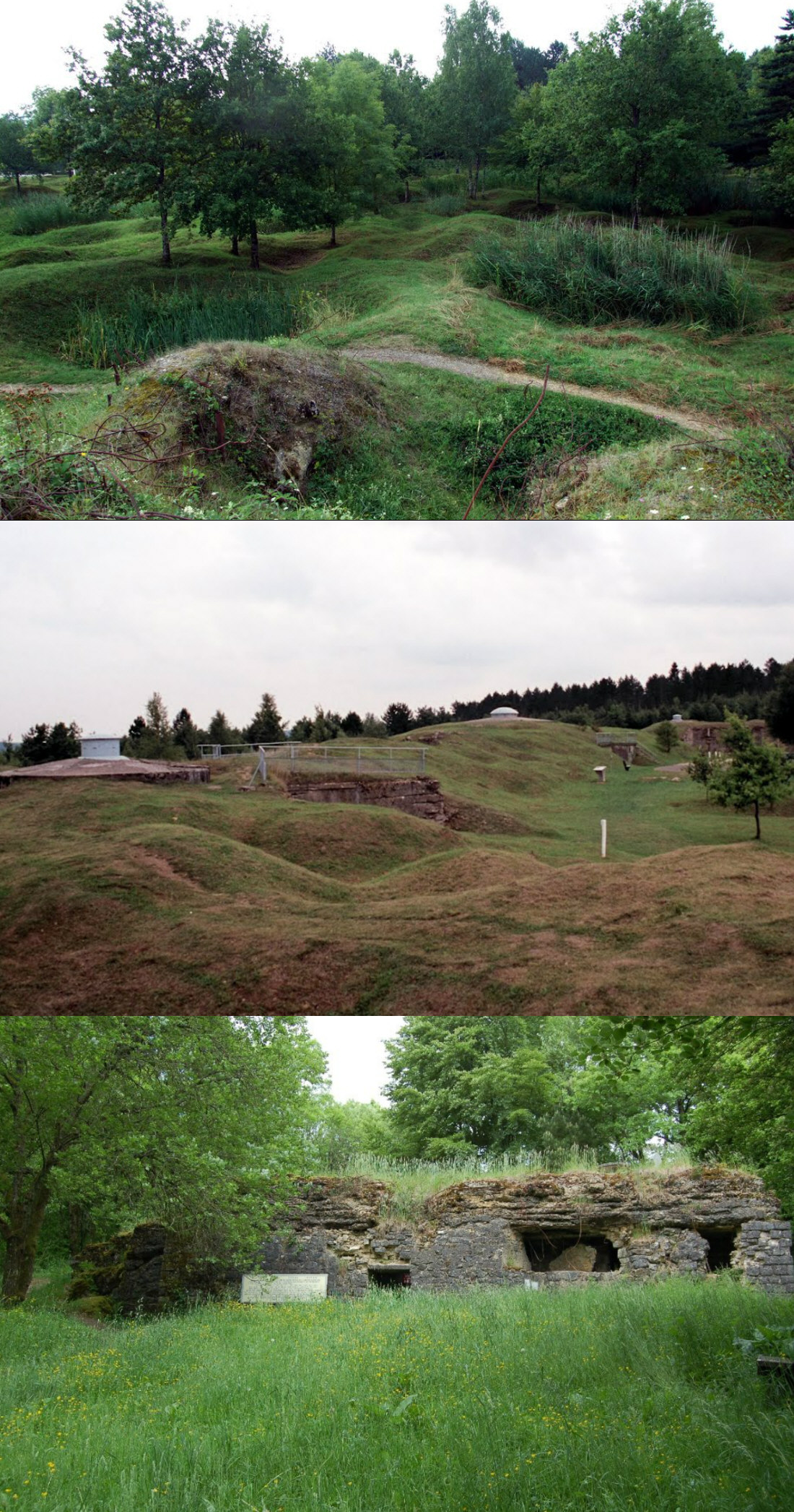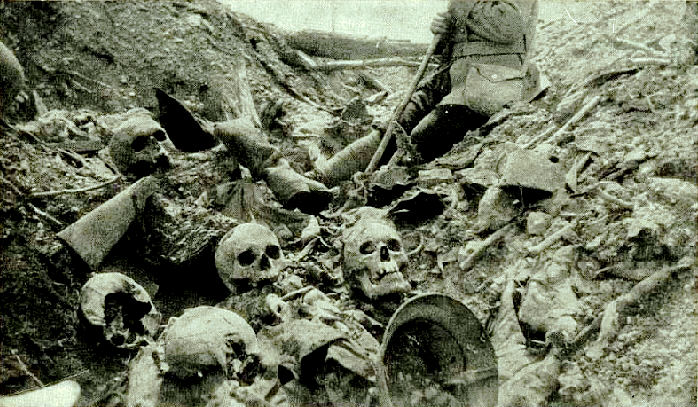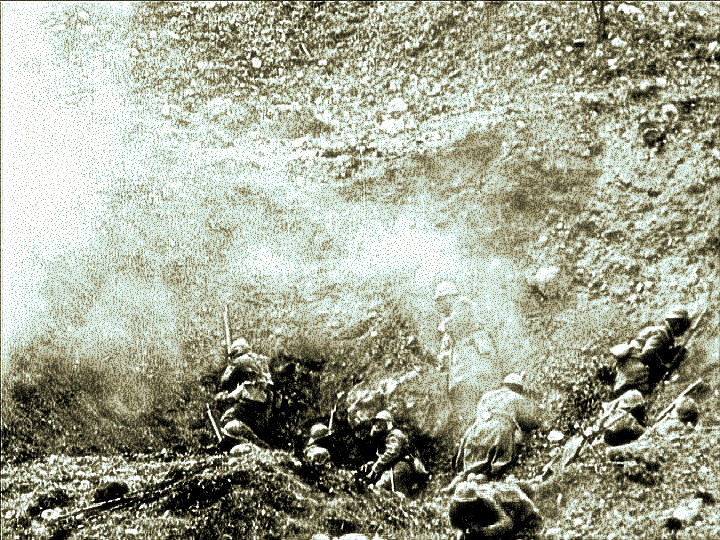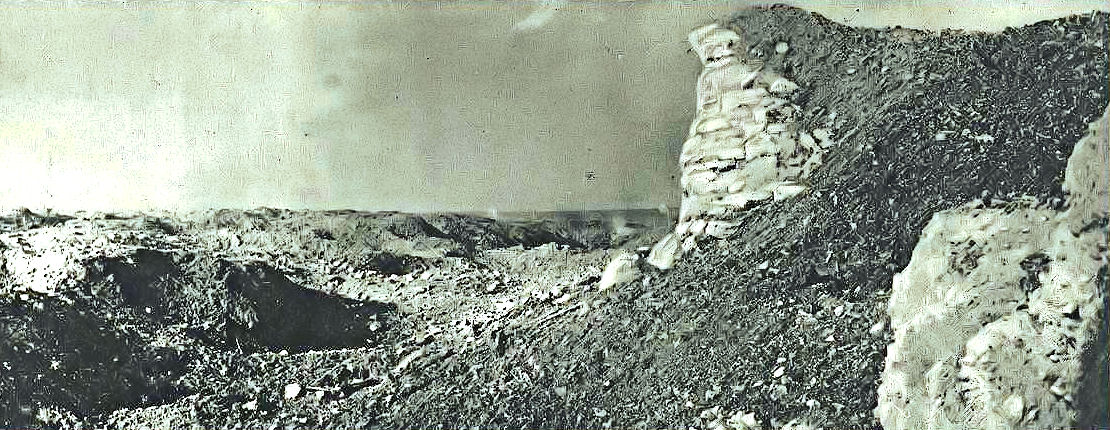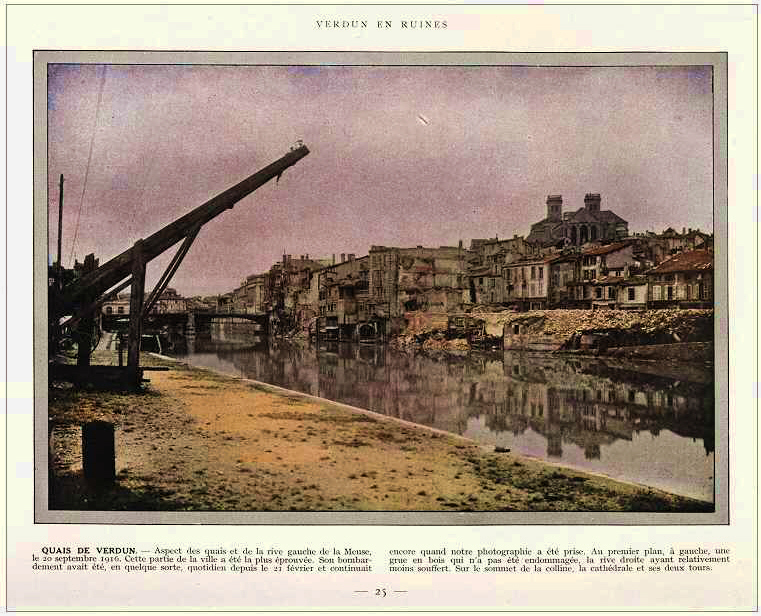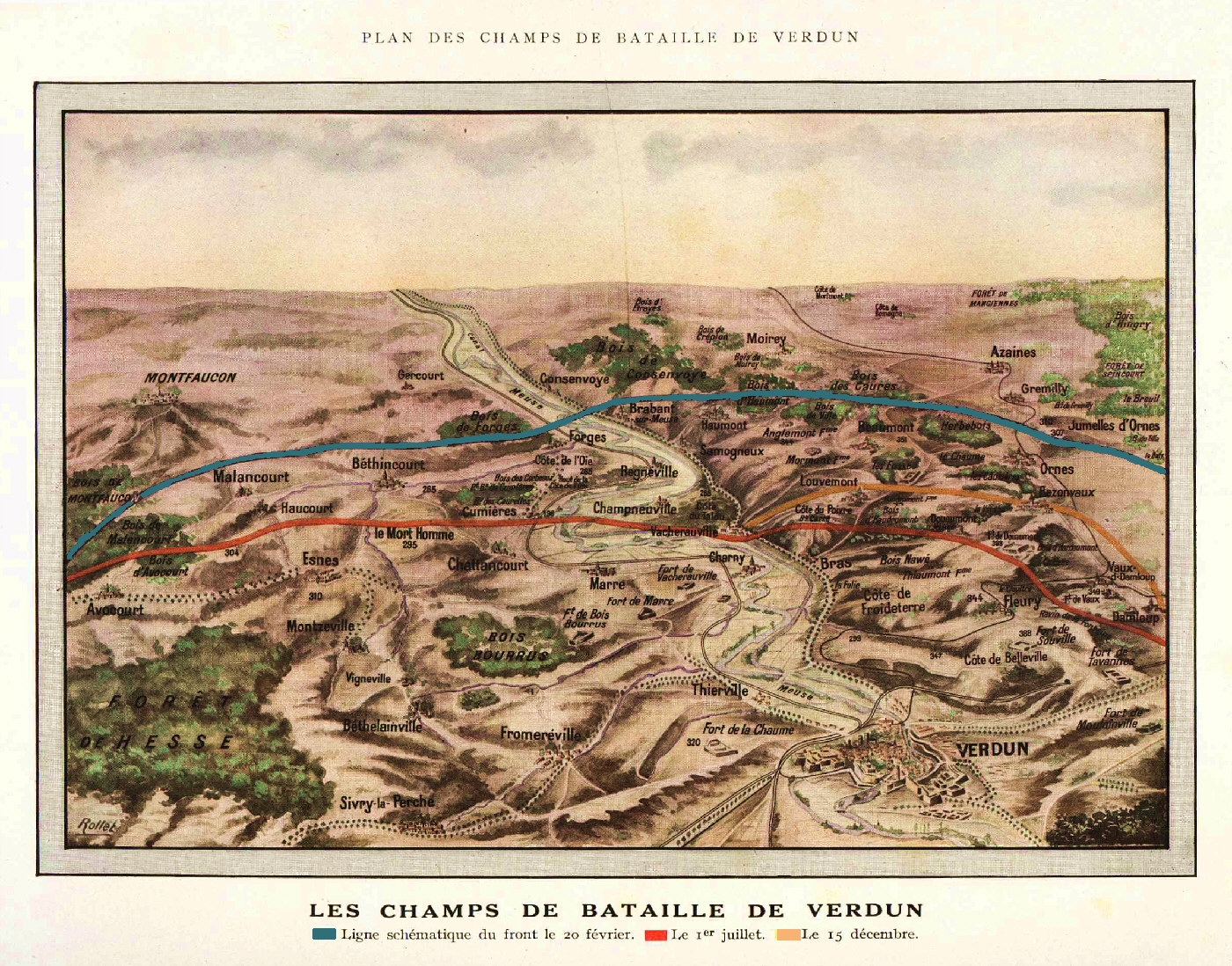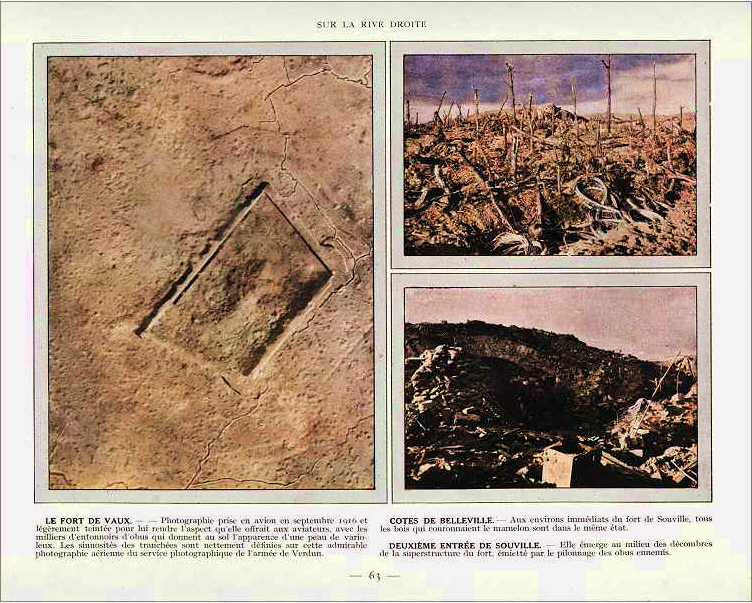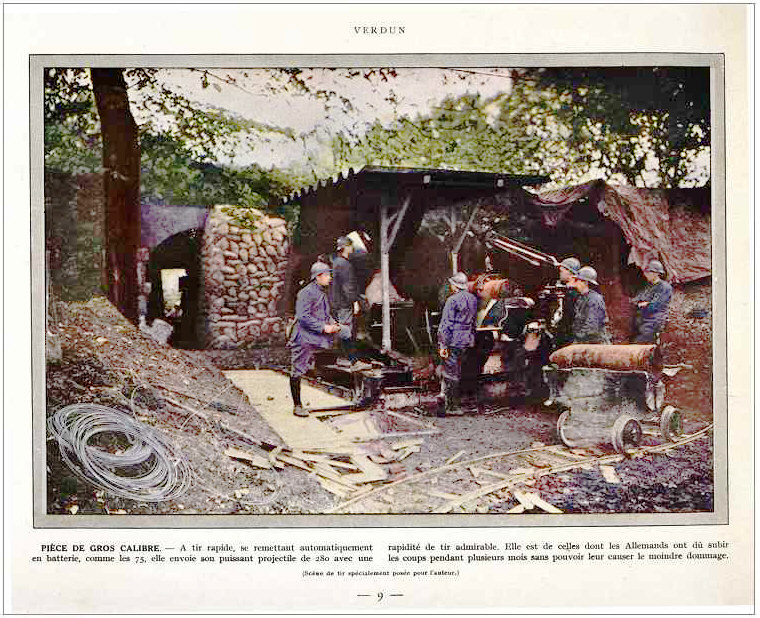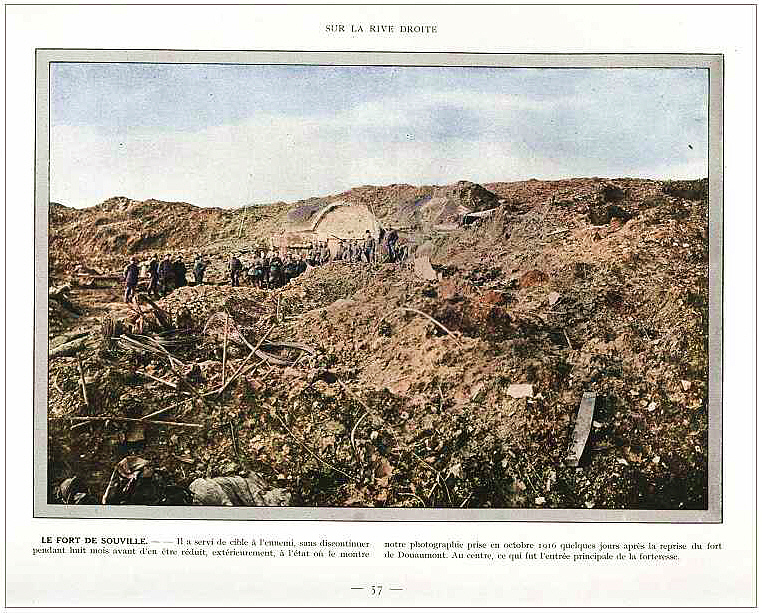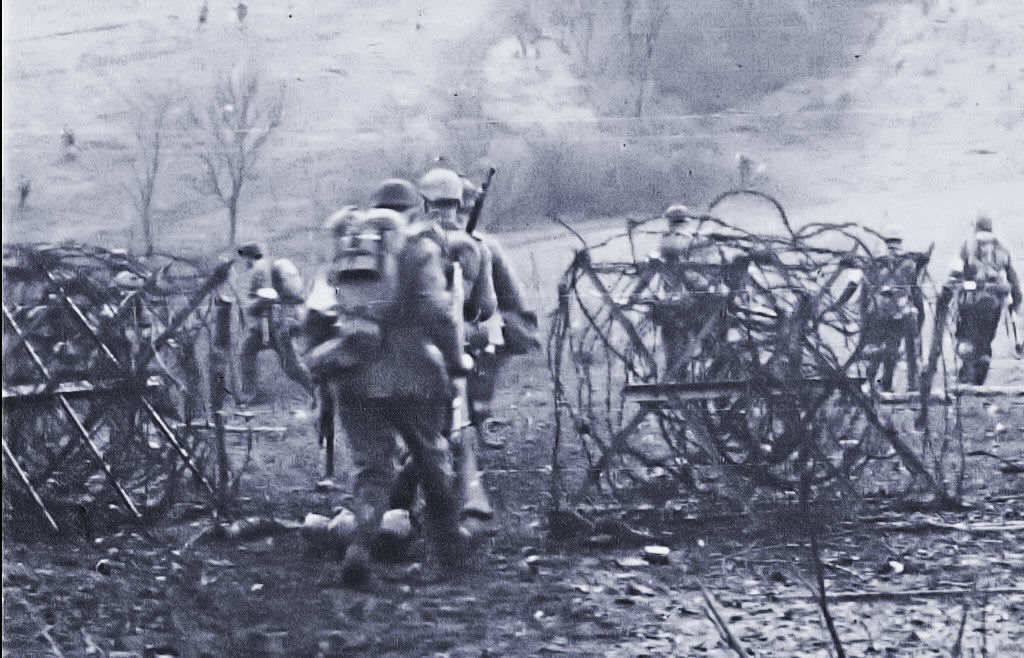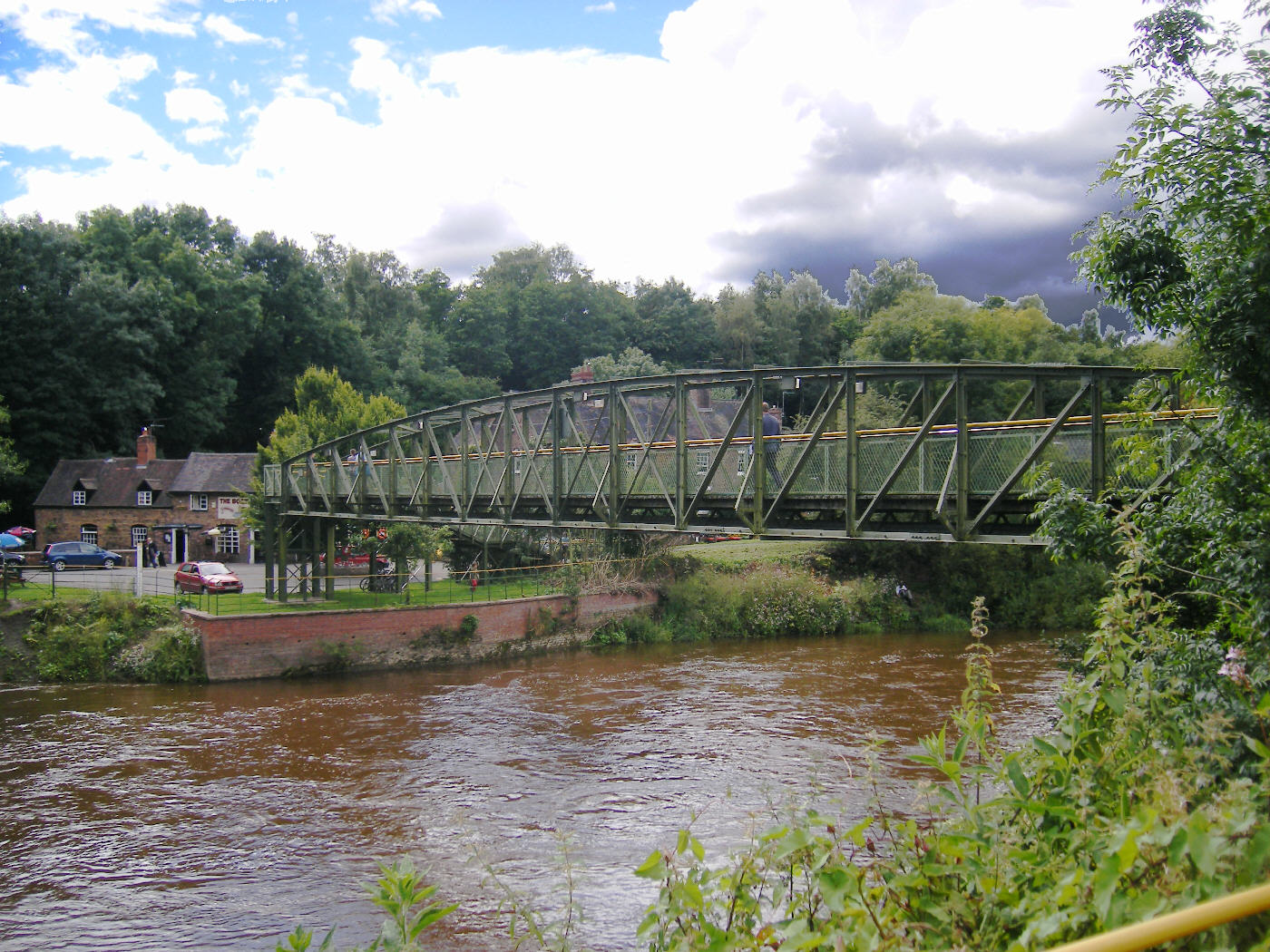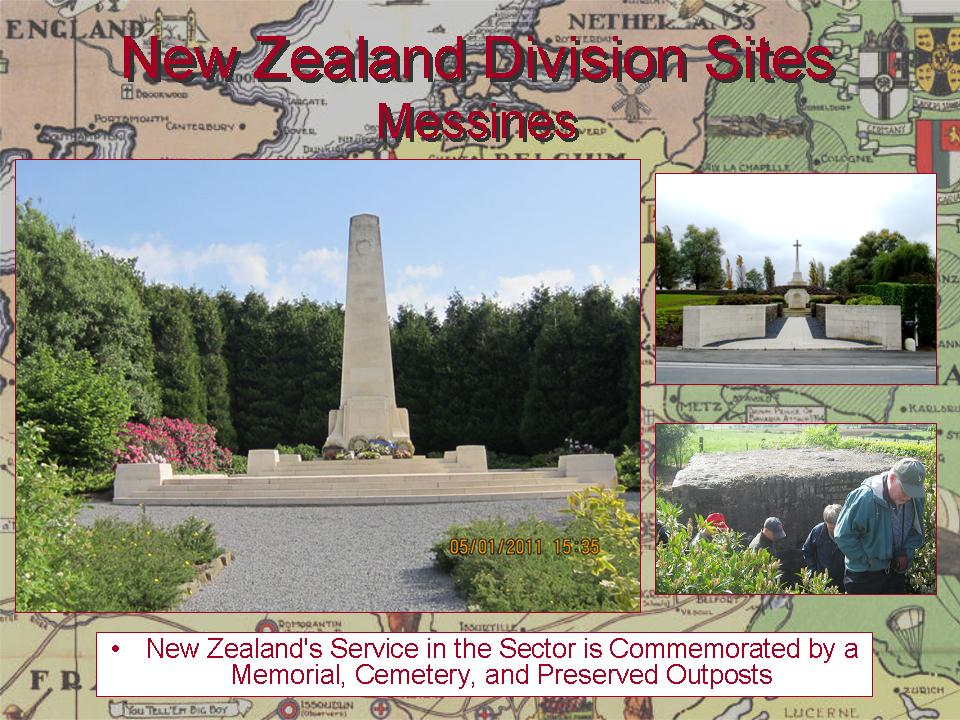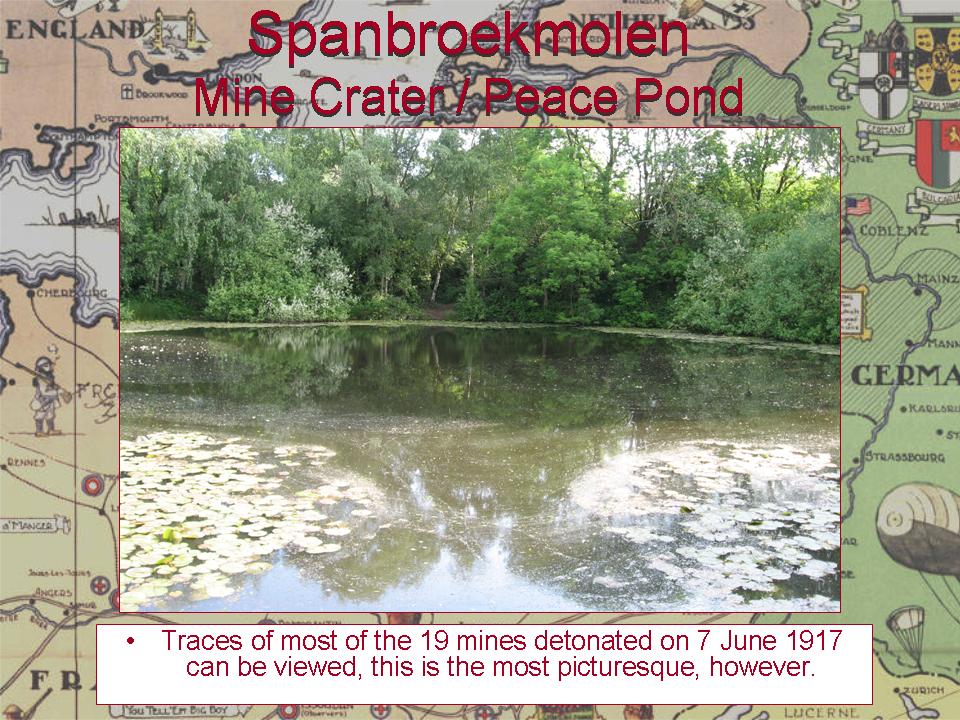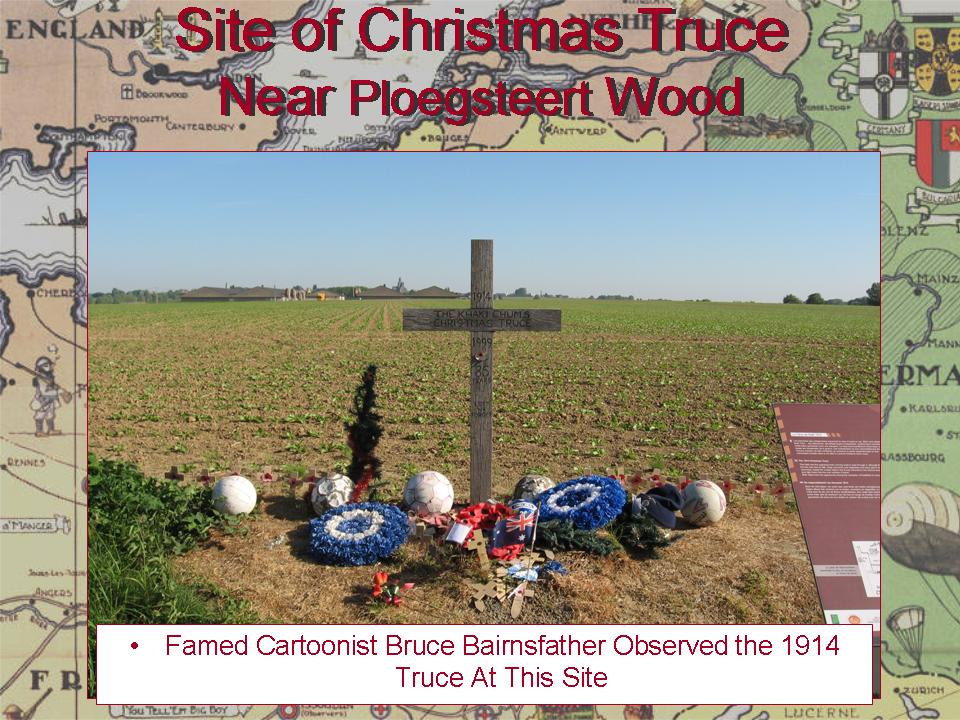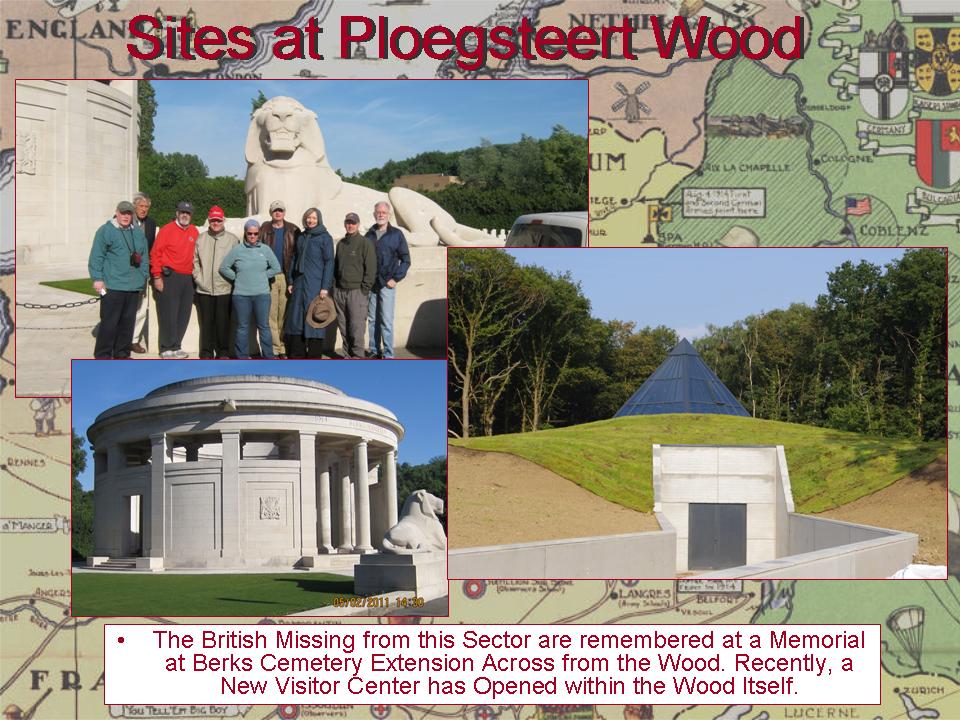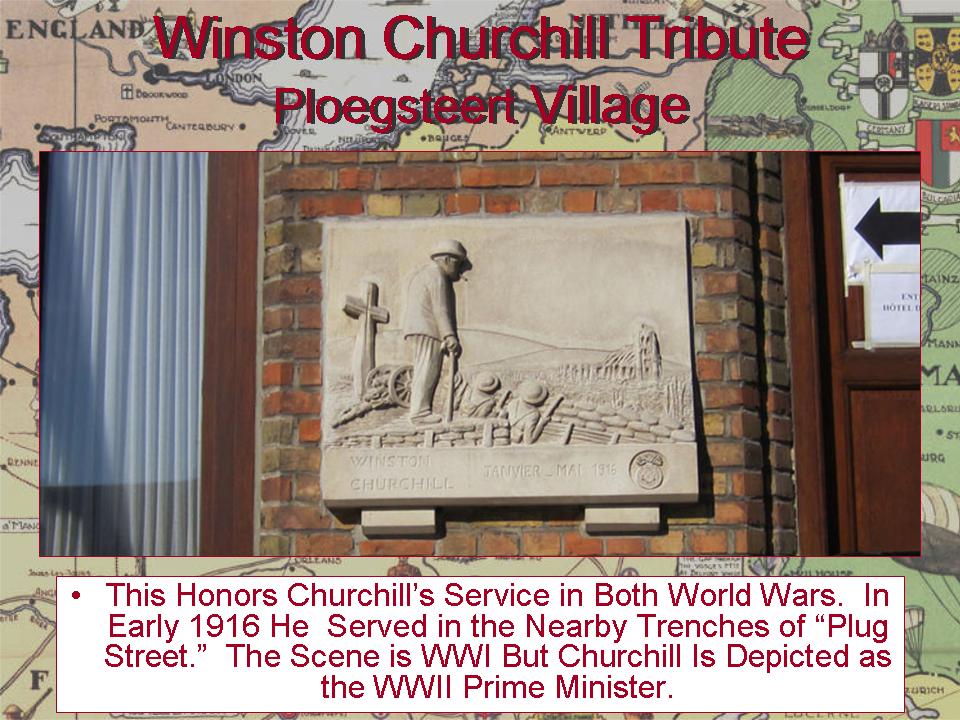
By Contributing Editor Tony Langley of Antwerp
The fight for Antwerp's most important and extensively fortified area in 1914 has been relegated to minor importance in histories on the Great War. Since it did not live up to its reputation of being the "National Redoubt" from where the Belgian government and army could await help from friendly powers, there is much justification to this view. Imagine how things might have evolved differently had the huge fortified area been the linchpin in the Allied left flank, instead of Nieuport and the inundated Yser plain.
The German campaign to take Antwerp did not last more than some two weeks of fighting. Hence there are no battlefields to reconnoiter, except for the more than two dozen forts that still dot the landscape around the city in a huge semicircle, up to 15 kms out from the city center. Some of these can be visited as they serve a number of everyday purposes, from café/restaurant to schools, recreation parks, and offices for various municipal services. One of the forts to the south of the city, Fort Liezele, is being restored and can be visited on weekends. During WWII, another of the Antwerp forts, at Breendonck, similar to all the others, was used by the German occupiers as a concentration camp for political prisoners and resistance fighters and also as a transportation staging area for those to be deported to death camps in the east. This fort, now a national monument, can be visited every day except Mondays and holidays.
The fight for Antwerp's most important and extensively fortified area in 1914 has been relegated to minor importance in histories on the Great War. Since it did not live up to its reputation of being the "National Redoubt" from where the Belgian government and army could await help from friendly powers, there is much justification to this view. Imagine how things might have evolved differently had the huge fortified area been the linchpin in the Allied left flank, instead of Nieuport and the inundated Yser plain.
Click on Image to Expand
Click on Image to Expand
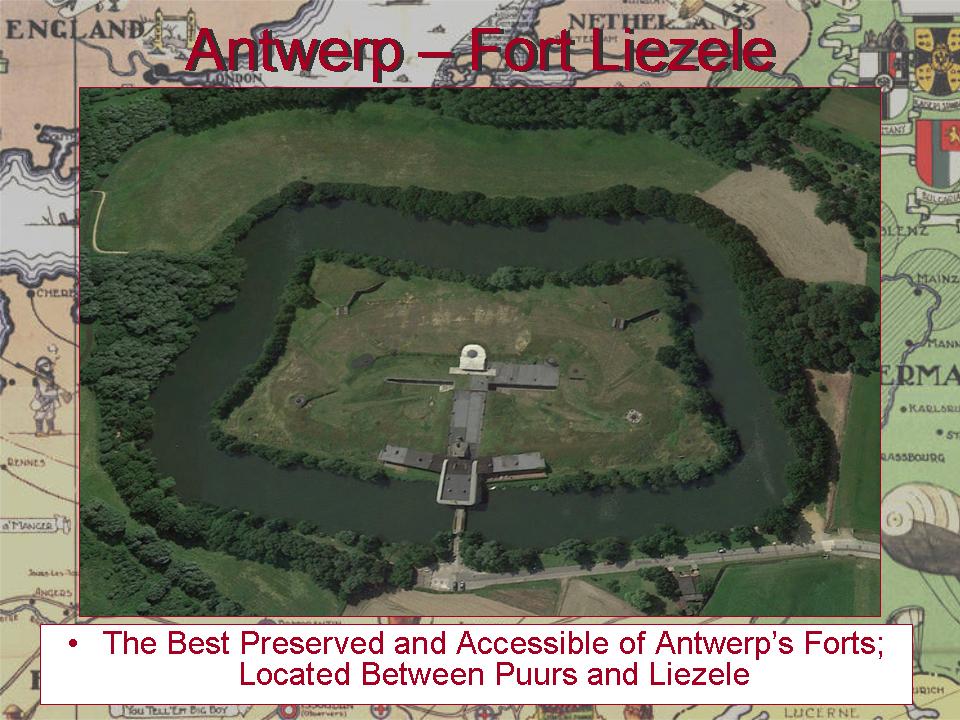
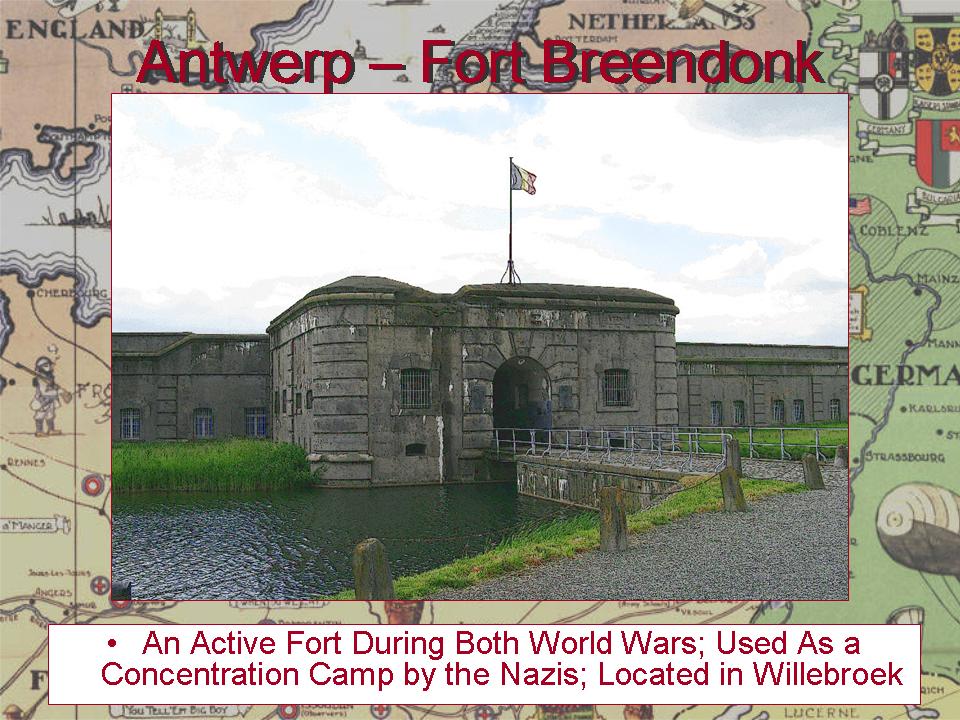

Click on Image to Expand

In the city of Antwerp itself little can be seen that attests to the fighting during the Great War, except for numerous postwar monuments and commemorative plaques. The most notable and grandiose is the monumental statue group in honor of King Albert and the soldiers of the army. Another is dedicated to the fallen workers of the Minerva Motorcar factory, a metal working firm that rebuilt their luxury cars into serviceable and efficient armored cars, outfitted with machine guns and rotating turret. These armored vehicles were the terror of the Germans during the siege in 1914.
Click on Image to Expand

